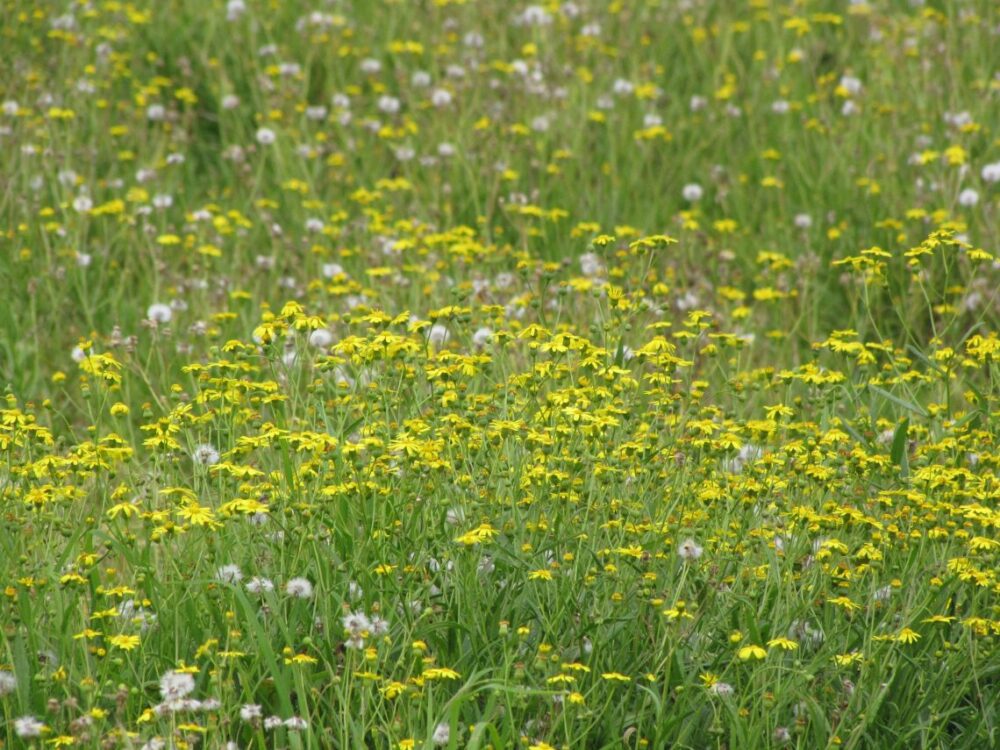
Fireweed
REPORT IF SEEN: This species is currently controlled by KISC, if you see it please report it.
Fireweed
Species: Senecio madagascariensis
Family: Asteraceae
Although Fireweed has been eradicated, KISC will still actively control this species. Sightings of this pest should be reported immediately. If you suspect that you have any of our targets on your property, KISC will survey and if confirmed, will remove it for free.
Considered very invasive and is on the Hawaii State Noxious Weed List.
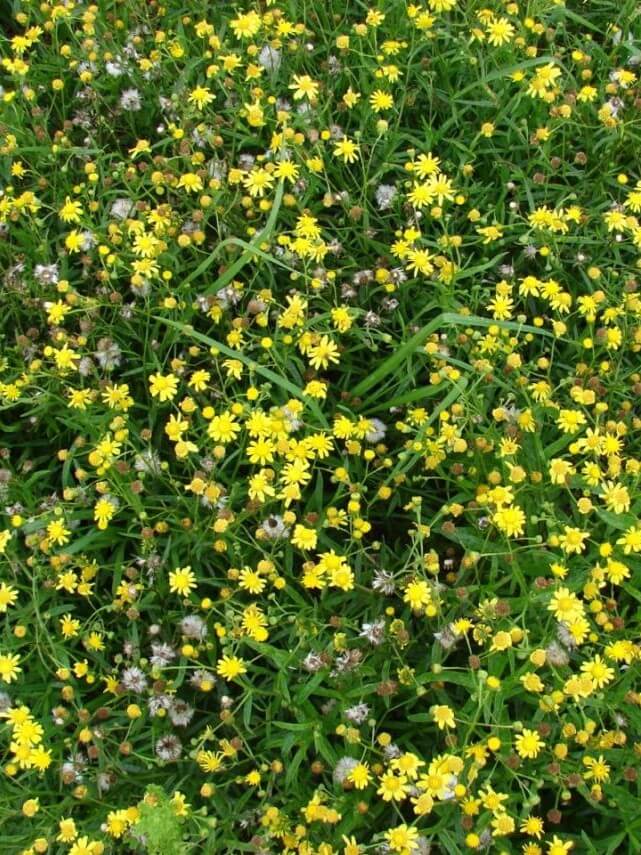
Description
- Daisy-like herb that grows upright and branched, up to 50 cm (20 in) high.
- Yellow flowers each have 13 petals and look like small daisies about the size of a dime.
- Flowers mature into white thistle balls
- Native to Madagascar, introduction history in Hawaii unknown. Discovered in the early 1980s in pastures in Kohala on the Big Island, New populations introduced to Kauai and Oahu in contaminated hydro-mulch (groundcover seeds) from Australia, where it is also invasive
Impacts
- Each flower can produce 150 seeds, each plant can produce 30,000 seeds per year that spread by wind, hiking boots, vehicles or by animals when moved from infested to non-infested areas
- Invades pastures, disturbed areas and roadsides
- Toxic to livestock when eaten. Can cause slow growth, illness, liver-malfunction and even death in severe cases
- One of the top 10 weeds of Western Australia where costs to the cattle industry and the Australian government exceed $2 million per year
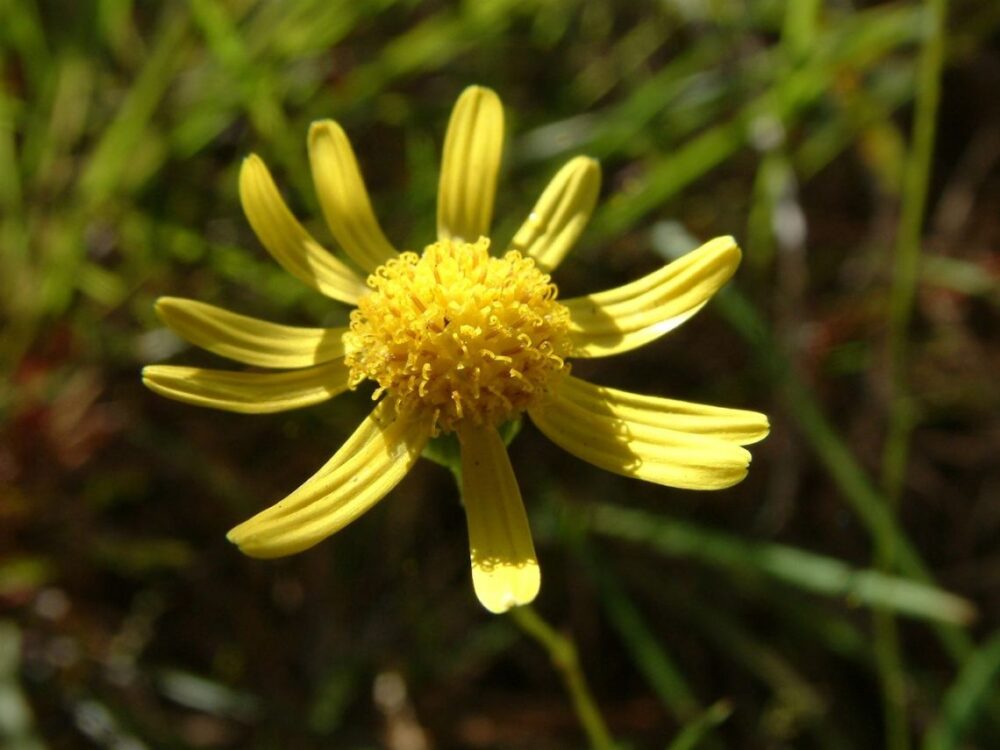
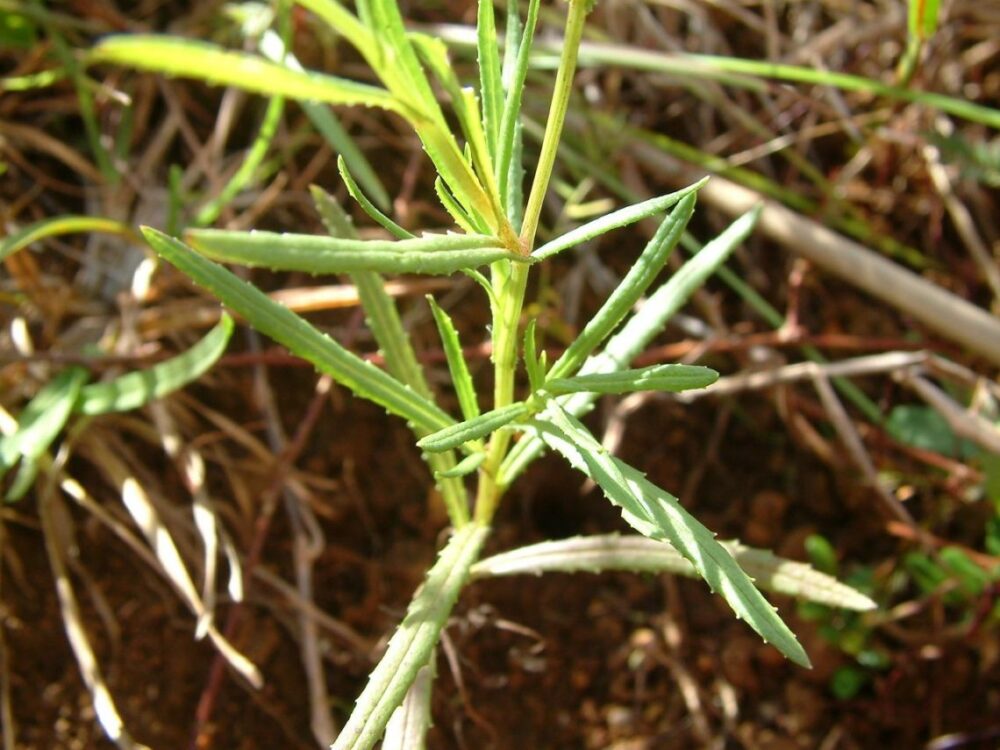

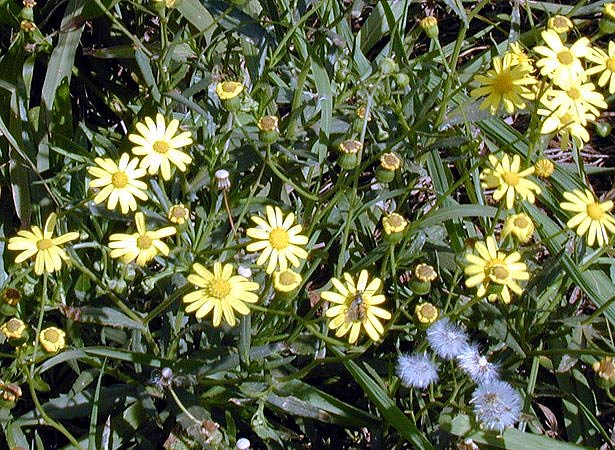
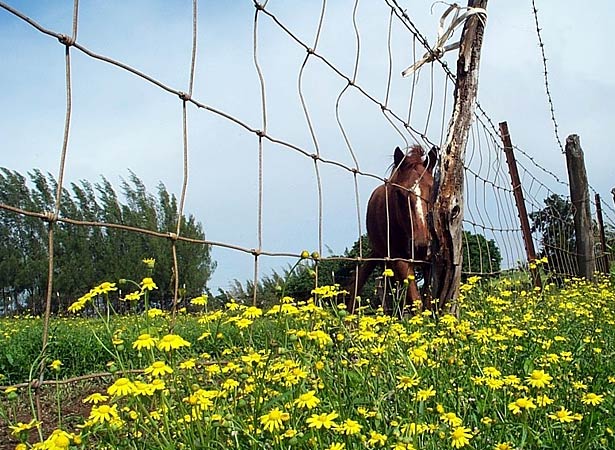
On Kauai
The only known infestations from the hydro-mulched areas near Halfway Bridge and near Kalihiwai were eradicated by KISC assisting HDOA in control and survey efforts.
On the Pono Endorsement Black List. Pono Endorsed Nurseries and Landscapers have agreed to report this hitchhiking pest.
You can plant pono by reporting fireweed to KISC at 808-821-1490 or kisc@hawaii.edu .
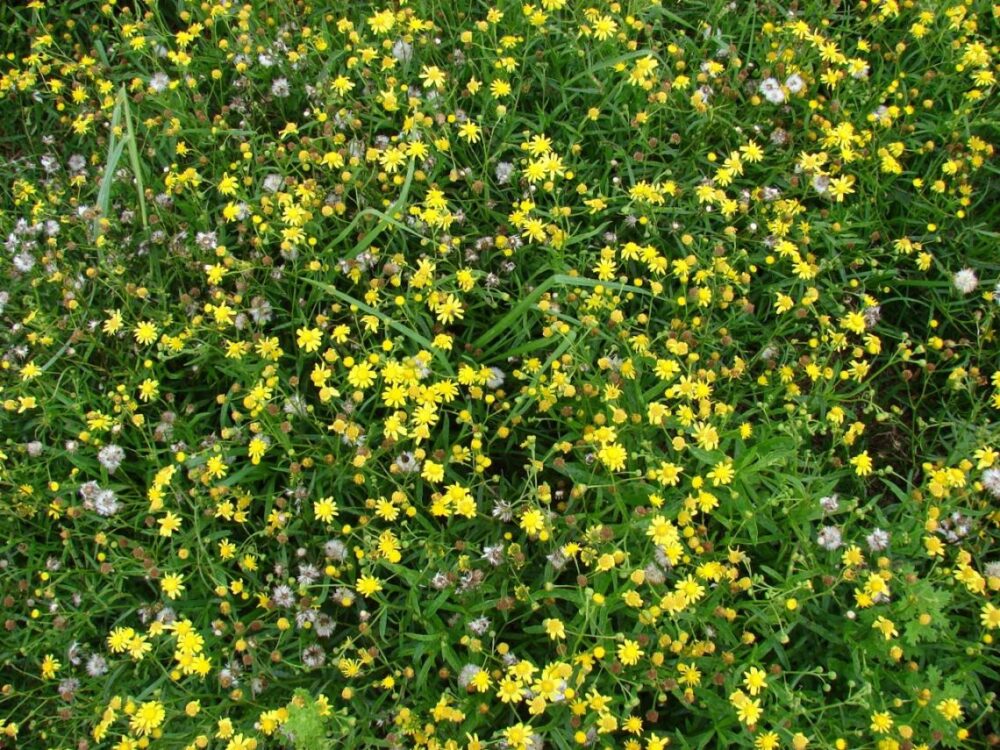
Look-a-likes:
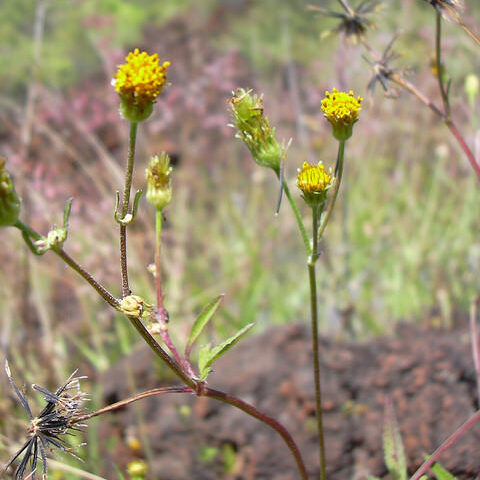
Spanish Needle
Bidens pilosa
This is a widespread garden and environmental weed. While it has yellow flowers, the plant over all grows much smaller.
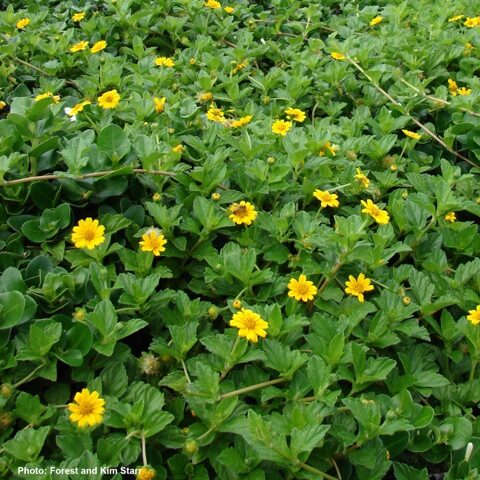
Wedelia
Sphagneticola trilobata
This is a commonly used plant for ground cover and erosion control. While this plant is also considered invasive, it is not a KISC target. Wedelia can be distinguished from Fireweed by its larger flowers and varying number of petals.
